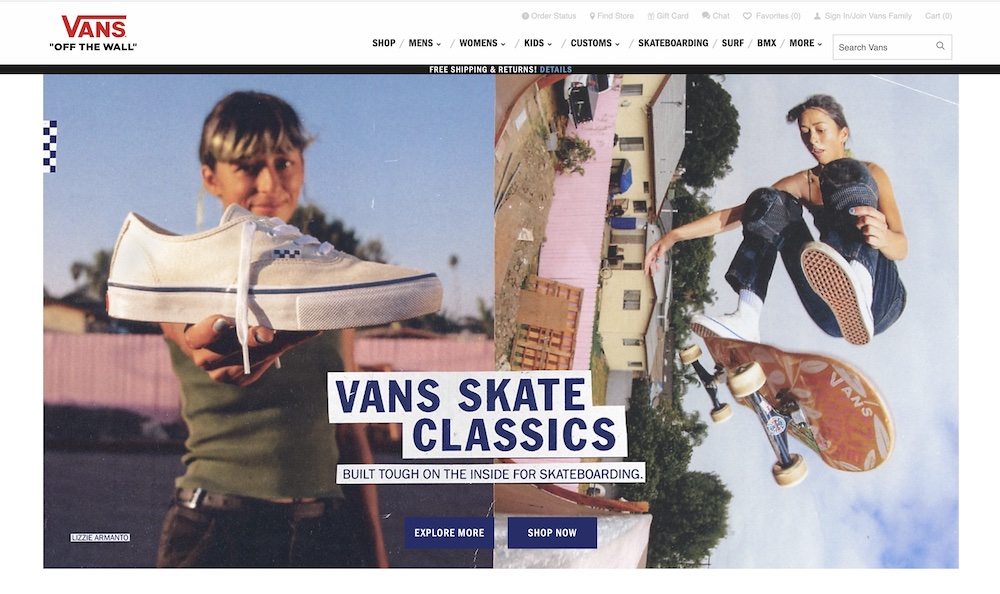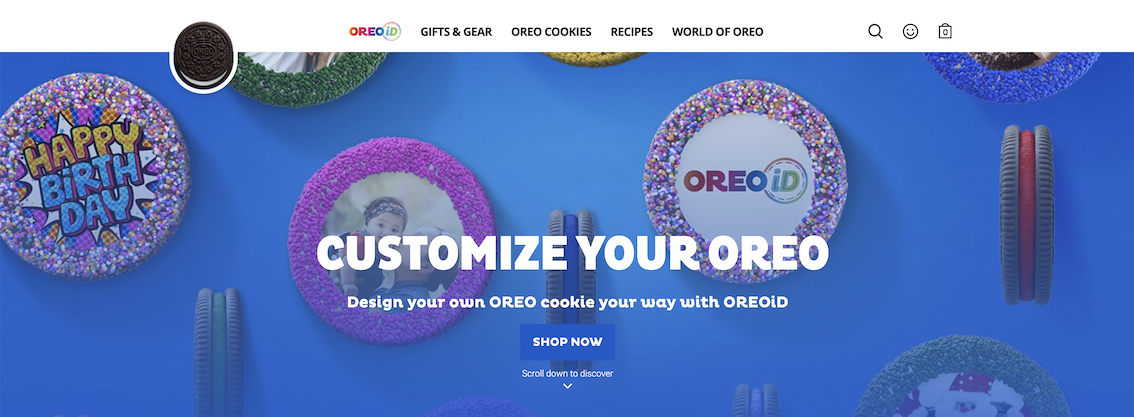The 4 Customer Expectations of Post-Pandemic Retail

Vans offers visitors an experience with the options to explore the products or shop
In an analogy: the Covid-19 pandemic has been like a slingshot for the retail industry. Merchants have always had to evolve to stay relevant, but in the past year, these changes accelerated. One study by the IBM U.S. Retail Index estimated that the pandemic hastened the shift from physical stores to online shopping by at least five years. Given that so much is changing quickly, how can you prepare your retail company for the post-pandemic reality?
The answer lies in meeting the new world of customer expectations. In the course of the past year, everyone – you, me, every customer, every retailer – has had to get flexible. Now people are accustomed to more shopping options and more personalized experiences. The key to succeeding in post-pandemic retail will be in providing a greater range of options for your customers. Knowing these four customer expectations will help you get there.
Customer Expectation #1: To Be Able to Buy Anything Online
For the retail industry, a key development from the pandemic is that people are now buying online across all product categories. The stay-at-home orders of the past year forced people to try categories online that they may have never considered before. McKinsey & Co. predict a 15-30% increase in ecommerce sales across the inventory board, from over-the-counter medications to appliances to alcohol.
If you’re used to thinking of ecommerce as primarily a means to replenish products – i.e. restocking pet food every couple of weeks – it’s critical to update this idea. Now people are ready to buy anything and everything online.
Customer Expectation #2: To Have An Online Experience, Not Just a Transaction
This may be a surprise to anyone who grew up going to the store: a recent survey of 1000 people, aged 18 to 24, a.k.a. Generation Z, found that 63% think online shopping is more enjoyable than in-person. This is a new, pandemic-related stat. Before last year, 31% of those surveyed said they had never even shopped online. Now nearly two-thirds, 62%, say they plan on buying almost everything online from here on out.
But brands can not take their loyalty for granted. The vast majority of those surveyed (83%) view online shopping as an experience, not just a transaction. This means retailers need to offer a range of delivery options, relevant recommended products, and opportunities to personalize items – for starters. If this crowd is unhappy with an online store, more than 80% say they are now more willing than before the pandemic to try new brands online.
Vans, the shoe retailer, does a great job of providing an engaging online experience. Right from the home page, they give visitors the option to Explore or Shop. They don’t assume people only want to shop. Instead they continually invite people to learn about the company, the products, read up on cultural topics, and yes, buy something new.
Customer Expectation #3: To Be Able to Personalize Their Purchases

We’ve talked about personalization before, but this topic takes on a whole new importance now. Case in point: Google reported that image searches for the phrase “unique gifts for” grew a whopping 100%, year over year, during the pandemic. In the spirit of people buying anything and everything online now, customization is king.
America’s beloved cookie brand, Oreo, is a strong example of how customers can add their own touch to virtually any product. Using the Oreo product configurator, people can order cookies in a range of colors, fillings, dips – and include a photo on top of every one. For a brand that’s been a staple in the cupboard for decades, this is great twist on updating their products for today’s expectations.
Customer Expectation #4: To Sustainably Shop Online
At Command C, we’ve been encouraging retailers to address sustainability in their business operations for awhile. It turns out this call grew even stronger and more popular over the past year. One report found that 70% of its respondents say they are now more aware that human activity threatens the climate than they were before the pandemic.
This heightened awareness directly translates to shopping habits. In Shopify’s 2021 Ecommerce Trends, they note that “57% of shoppers are willing to change their purchasing habits to help reduce negative environmental impact.” This change can take a variety of forms, from carbon neutral shopping on Shopify to offering low-impact delivery options. Sure, at first glance, people want quick delivery. But when they are given the choice between fast vs. sustainable, they will often opt to be easy on Mother Nature.
The pandemic required everyone – merchants and customers alike – to get flexible. As a result, more people jumped online to fulfill their product needs, especially in new categories. Retailers had to get nimble, too, and offer customers greater options in the way they shopped. Now customer expectations are all about having options – new options in online product inventory, experiences, personalization, and sustainability.
